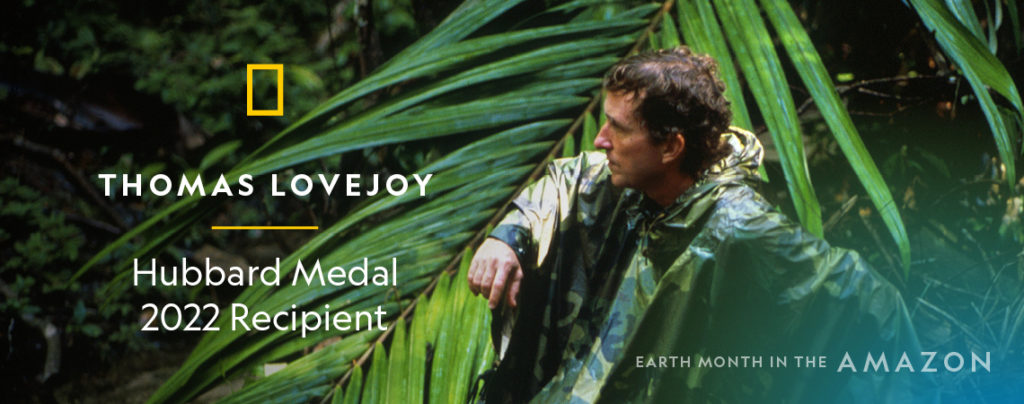It is with deep sadness that we announce the passing, December 25, 2021, of our good friend and member of the ACEER Board of Directors, Dr. Thomas E. Lovejoy. His passionate and dedicated commitment to conservation spanned more than 50 years.
Tom first joined the ACEER Foundation in 2015 as a member of our Science and Education Advisory Committee. He then was appointed to the Board of Directors in January 2018 and served until his passing. He was instrumental in crafting our 5-year Strategic Plan that set in motion initiatives that would address some of the Amazon’s, and in turn the planet’s, most pressing problems. He regularly spoke of the urgency to halt and reverse fragmentation of the Amazon from deforestation. In a December 20, 2019, New York Times Op-Ed, authored with Carlos Nobre, Tom cautioned the world that the Amazon is at a tipping point. There was still time to act but we needed to do that now and do it boldly. Fragmentation, he said, will lead to a conversion of the rainforest to a dryer savannah, disrupt the hydrologic cycle and rainfall patterns, lead to massive species extinctions, and devastate regional and global economies. As recently as November 2, 2021, he and co-author John Reid once again cautioned the world that climate recovery will come about by keeping large scale, functioning ecosystems like the Amazon Rainforest intact. Our strategic initiatives reflect the sense of urgency that Tom so eloquently espoused.
A second vexing problem for Amazonia is illegal gold mining that is deforesting large swaths of pristine forest, destroying aquatic ecosystems, and contaminating the air, water, land, food, and people with toxic mercury. On September 29, 2021, Tom joined ACEER President Jon Cox at a summit hosted by Amazon Aid to discuss cleaner alternatives to mercury.
In his time with ACEER we came to know, as others did, that he had a quiet, respectful tone, listened intently, and when he did speak, spoke directly and skillfully to the issue at hand. This helped ACEER immensely in expanding and cultivating our collaborative network of individuals, NGOs, governent representatives and the general public. He was a stable, reassuring force on the Board.
In recognition of his life, the Board presented to Tom our 2015 ACEER Legacy Award created to honor an individual or individuals who have demonstrated a lifelong commitment to conservation in general, and conservation of the Amazon rainforest in particular. The award ceremony was held at the National Geographic Society on February 11, 2016, in conjunction with the Society’s own gala acknowledging their 50-year collaboration with Tom. During opening remarks, Dr. Paul Morgan, Chair of the Board of Directors at ACEER stated, “We need to create more Tom Lovejoys!” Paul’s comment got a large round of applause from the audience and a big smile from Tom. We at ACEER took that statement from Paul seriously. The need to create the next generation of conservation leaders is now the keystone of ACEER’s mission.
To honor Tom, and to keep his legacy alive at ACEER, the Board of Directors has created, effective January 1, 2022, the Dr. Thomas E. Lovejoy Conservation Fellowship in Biological Diversity. This fellowship will support an up-and-coming conservation leader doing the good work that Tom devoted his life to.
The conservation community lost a giant with Tom’s passing. We must all heed his call to action and continue his efforts to protect the planet.
The above image of Tom Lovejoy taken by Dylan Coulter. This portrait appeared in the November 2015 Climate Issue of National Geographic magazine.


On Tuesday, April 5, the National Geographic Society awarded the 2022 Hubbard Medal to the late National Geographic Explorer at Large and renowned conservationist Thomas Lovejoy. The award, which is the Society’s highest honor, recognizes his extraordinary contributions to conservation biology and to the understanding and protection of the Amazon.
“We are so very grateful to receive this recognition on behalf of our father in support of his life’s work,” his daughters Betsy, Kata, and Annie said. “Papa had tireless energy, coupled with a profound sense of hope that we, humankind, could solve the most challenging environmental issues and preserve our planet for the future. He would have been humbled, in truth, to receive the Hubbard Medal, and we too, are deeply humbled to accept this award on his behalf.”
Lovejoy, who began his work in the Amazon in 1965, is best known for helping popularize the term “biological diversity” and for his research on the interaction between climate change and biodiversity. He used his field research and expertise to bring much needed attention to the fragile state of our environment and advocate for conservation efforts. One such example was Lovejoy’s leadership as a co-author of the 2019 study that led to the development of the Tropical Forest Vulnerability Index, which will help policy makers plan for conservation and restoration of the world’s tropical rainforests to avoid tipping points. He also served as a mentor to many individuals and an advisor to organizations, including the Society. https://www.youtube.com/embed/4KEfBdmCuXA
“Tom was a passionate champion for biodiversity and his unwavering dedication to the conservation of the Amazon made an undeniable impact on all those he worked with, the field of conservation biology, and our planet. I cannot think of a more deserving recipient for this year’s Hubbard Medal,” said Jill Tiefenthaler, the Society’s CEO.
The Amazon Rainforest, which encompasses eight countries, is home to over 40 million people and one in 10 of the planet’s known species. The water of the Amazon, from the Andes to the Atlantic, and everywhere in between is the lifeblood of the planet. However, repeated and increased degradation such as deforestation, poaching, commercial agriculture, and climate change decreases the Amazon’s ability to adequately provide these critical ecosystem services for the planet.
As we celebrate and honor Lovejoy’s extraordinary legacy, the Society continues to invest in science, exploration, storytelling, and education by funding a deep bench of Amazon-focused Explorers like biologist Ruthmery Pillco and photojournalist Florence “Flor” Goupil.
Lovejoy will be honored during the Society’s upcoming National Geographic Explorers Festival in June, which is hosted in partnership with Rolex in the framework of its Perpetual Planet initiative. Other distinguished awardees have included astronaut John Glenn, marine archaeologist Bob Ballard, primatologist Jane Goodall, mathematician Katherine Johnson, and National Geographic Explorer in Residence and conservationist Enric Sala.
ABOUT NATIONAL GEOGRAPHIC SOCIETY
The National Geographic Society is a global nonprofit organization that uses the power of science, exploration, education and storytelling to illuminate and protect the wonder of our world. Since 1888, National Geographic has pushed the boundaries of exploration, investing in bold people and transformative ideas, providing more than 15,000 grants for work across all seven continents, reaching 3 million students each year through education offerings, and engaging audiences around the globe through signature experiences, stories and content. To learn more, visit www.nationalgeographic.org or follow us on Instagram, Twitter and Facebook.
